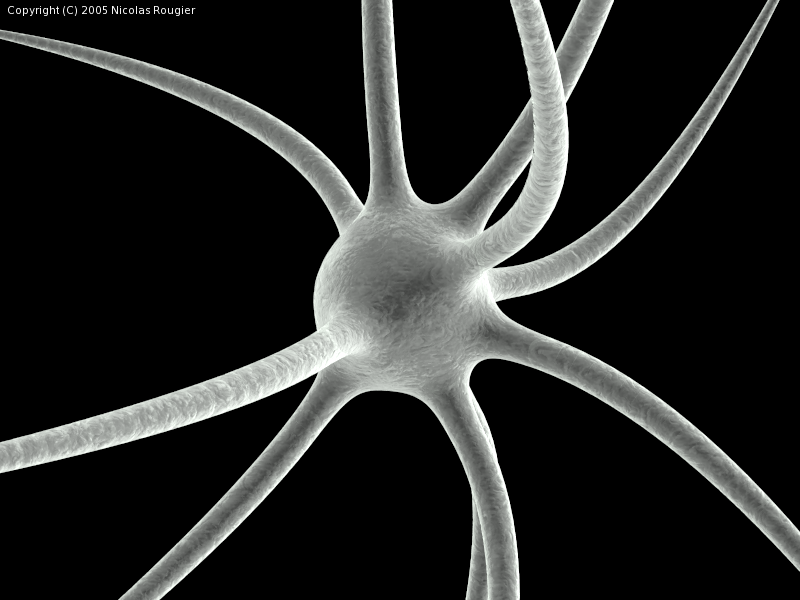Tuesday, July 7 2009
Microscopes come in all shapes and sizes, for different needs and purposes. Some cost millions, while others cost a few hundred bucks. They help see the tiny world around us, and in us. For example, there was a biomedical researcher using a scanning electron microscope (SEM) to look at tiny nanoparticle transporters. Pharmaceutical companies can use these nano devices for various purposes. They require microscopes to be observed to find stuff that could be wrong with it.

How do SEM microscopes work? First, an electrical current is passed through a metal, usually a tungsten filament. This is called an electron gun, and it fires electrons at the sample. Electromagnetic coils move the electrons with high speed and power. The electrons hit the sample and scatter back. Receptors take these electrons and send the information to a computer for analysis. Images can be magnified up to 2 million times in exceptional microscopes. SEMs are good for producing 3D images. However, samples must be viewed in a vacuum, therefore, any sample with water must undergo special preparation. They must be frozen at an extremely rapid rate so the water does not form crystals that can damage the sample. Therefore biological specimens that are alive are difficult to examine.

This is an image of a neuron under an SEM
Another microscope used is an atomic force microscope (AFM). These microscopes have a cantelever, something that looks like a diving board and is very flexible. It is used for looking at the topography of the sample. They are handy for looking at live samples. They cantelever moves up and down along the surface. This movement is recorded by shooting a laser at the cantelever and then bouncing back to a photodiode. Resolution can be very high.

Which type of microscope is largely determined by need. Scientists will want to look for the cheapest method avaliable, because using some of the more advanced microscope techniques can be very costly.
http://www.mos.org/sln/SEM/
http://www.nanoscience.com/education/AFM.html
http://www.pubmedcentral.nih.gov/articlerender.fcgi?artid=537754
http://en.wikipedia.org/wiki/Scanning_electron_microscope
http://www.eetimes.com/news/semi/showArticle.jhtml?articleID=187002424